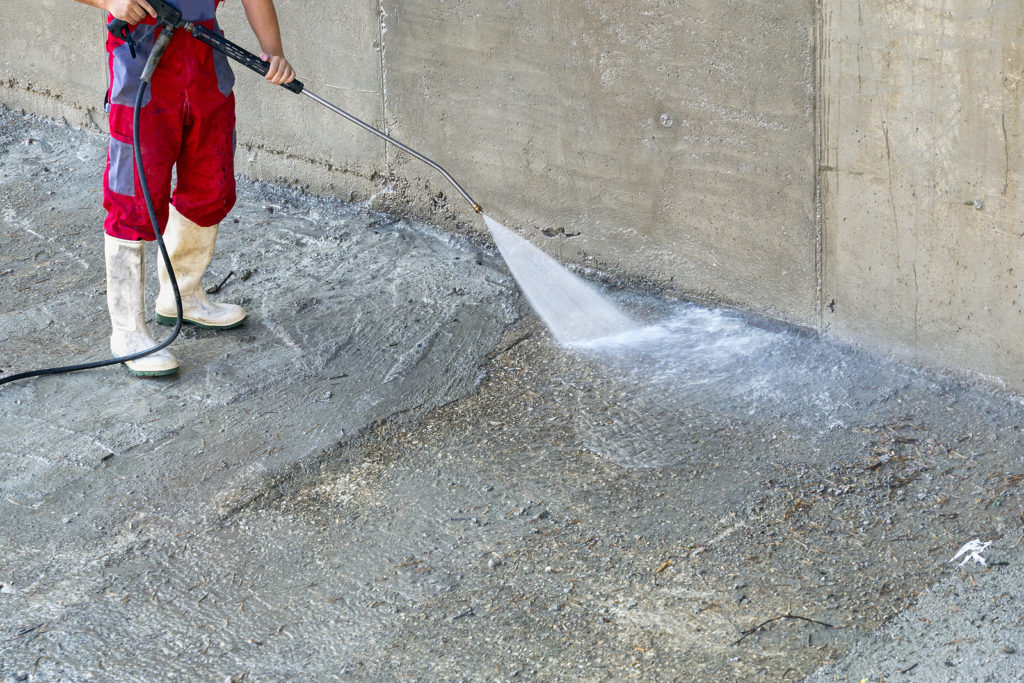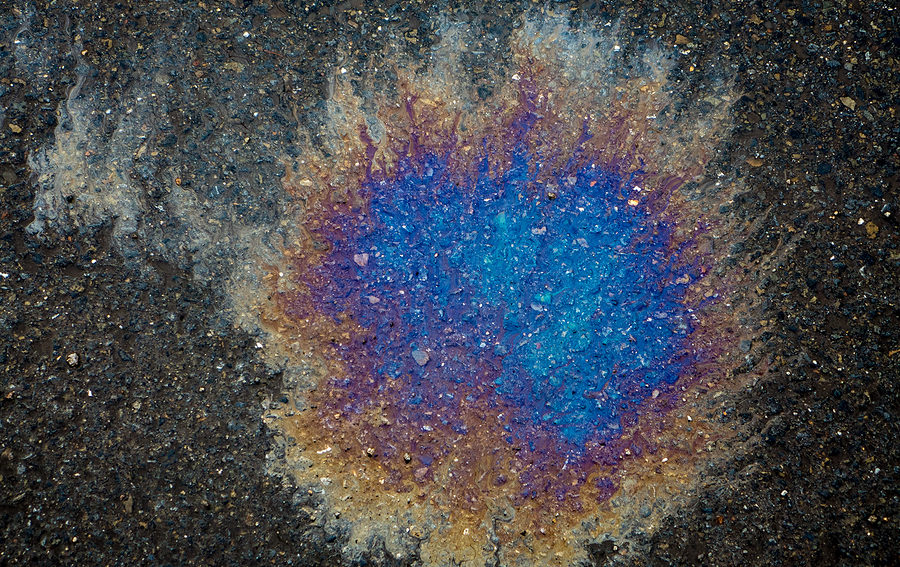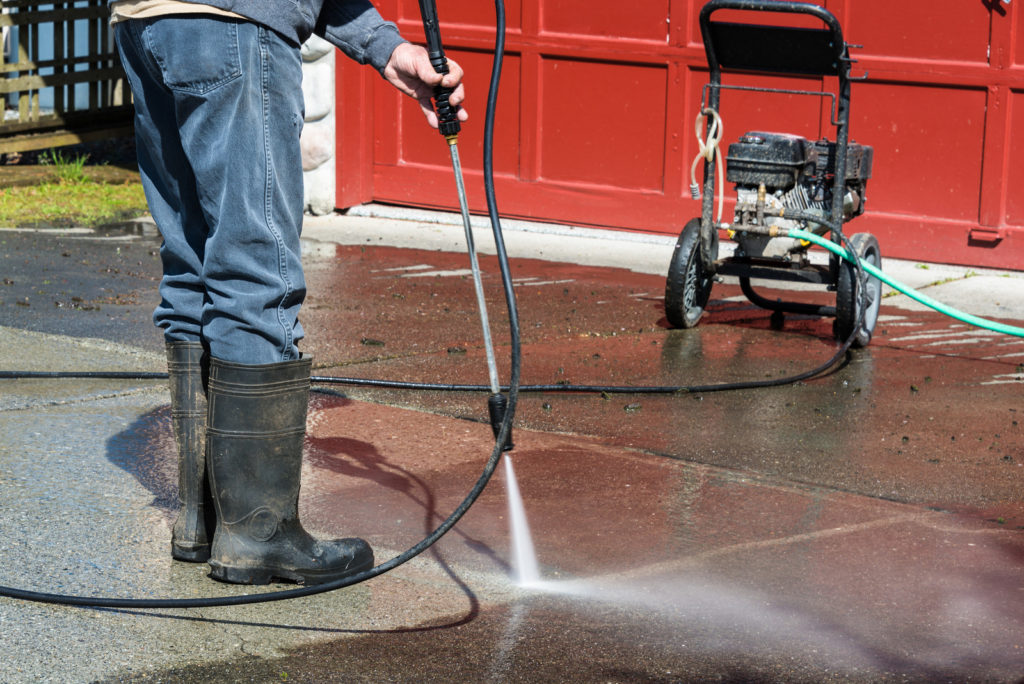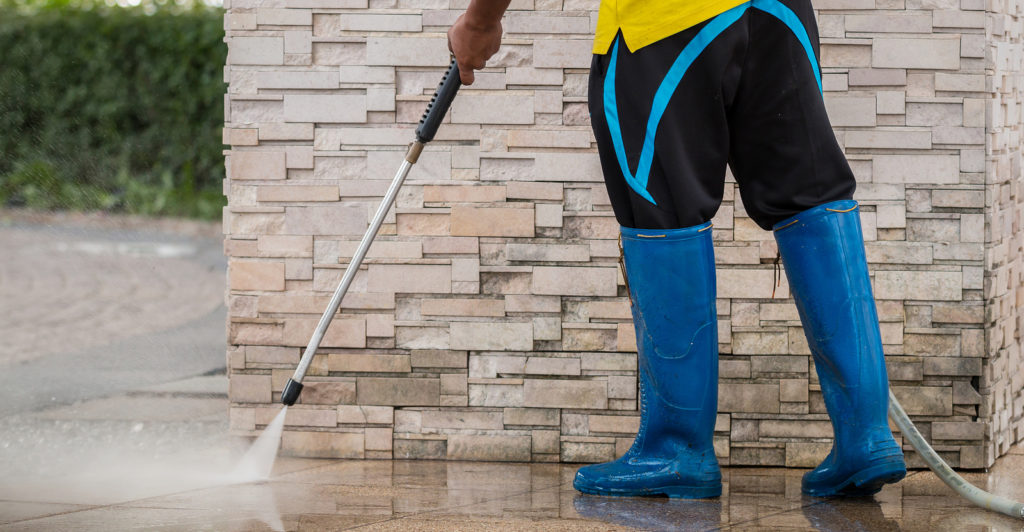Over time, pavement damage, freeze-thaw cycles, vehicular traffic, and natural wear and tear can cause exponential deterioration to parking lots. Things like poor water drainage, chemical spills, inclement weather, extreme heat, ice, and heavy cars can take quite the toll on pavements, and as a result, drastically reduce the quality and lifespan.
These implications and more can jeopardize the overall safety, value, and performance of your commercial premises. Because parking lots are high in commercial real estate value, they are important investments, and therefore, should be maintained to the best of your ability as a commercial property owner.
Continue reading to learn what you can do to ensure your company parking lot remains in optimal condition year-round.
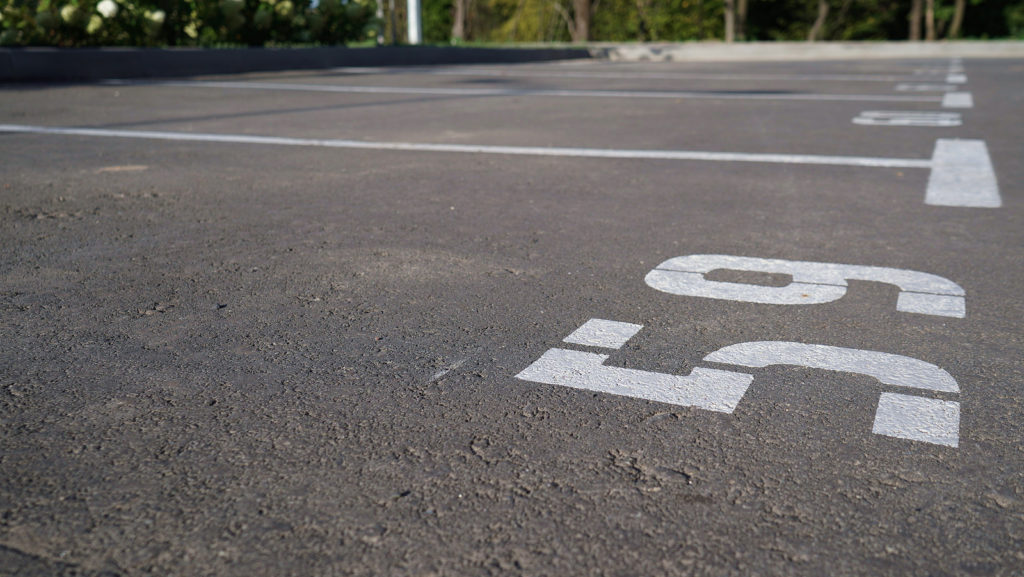
Parking Lot Maintenance Tips for Commercial Business Owners
If you do not already have one in place, appoint a building maintenance team or facilities supervisor to implement all necessary parking lot maintenance for your property. They can ensure your company parking lot stays in tiptop shape by abating as much premature damages and performance issues as possible, for as long as possible.
Consider incorporating these assignments into your parking lot maintenance program:
▷ Routine Parking Lot Inspections
Although some parking lot damages take many weeks or even years to present themselves, there are others that can happen overnight. For this reason, it is important to do routine inspections of the entire parking lot premises. Walk the full lot, taking note of any new visible damages like cracking, potholes, stains, standing water, blocked drains, faded or chipped paint, crumbling pavement, ramp or rail damages, roadkill, and anything else that stands out to you.
▷ Regular Parking Lot Cleaning
It is important to keep your parking lot as clean to avoid problems, both structurally and aesthetically. Accomplish this through regular parking lot sweeping, clearing any garbage and debris from the surface and drains. Be sure to also clean up snow, gasoline drippings, oil stains, and chemical spills in a timely manner to avoid permanent damage.
▷ As-Needed Parking Lot Repairs
Parking lot damages only worsen as time goes by, so it is vital that you catch them in their early stages, and have them repaired before they do get worse. Fill cracks and potholes during the appropriate seasons for such pavement repairs, and be sure to seal all repaired areas with a good crack sealant. This will ensure lasting protection.
▷ Parking Lot Sealcoating
Asphalt parking lots benefit greatly from sealcoating. A high quality seal coat product will ensure that your company parking lot looks great, performs optimally, and remains in good condition for a long time. It is recommended to have your parking lot sealcoated every two or three years by a licensed Indianapolis IN commercial sealcoating service.
Are you ready to get your commercial lot back into tip top shape this season? Contact ACI Asphalt and Concrete at 317-549-1833 to learn more about our commercial sealcoating services for parking lots in Indianapolis, Indiana.
You Might Also Read:
How Pothole Development Works and How to Prevent It
Do I Need a Concrete Sealcoat for My Lot?
When is the Best Time of Year to Sealcoat Asphalt?


